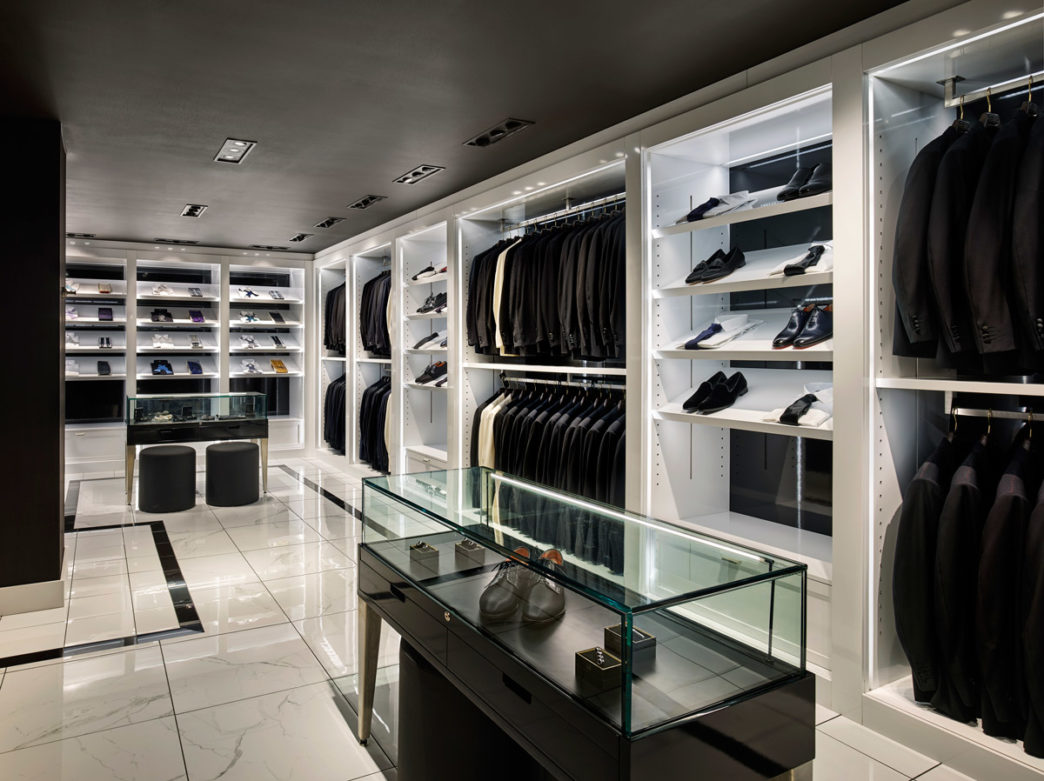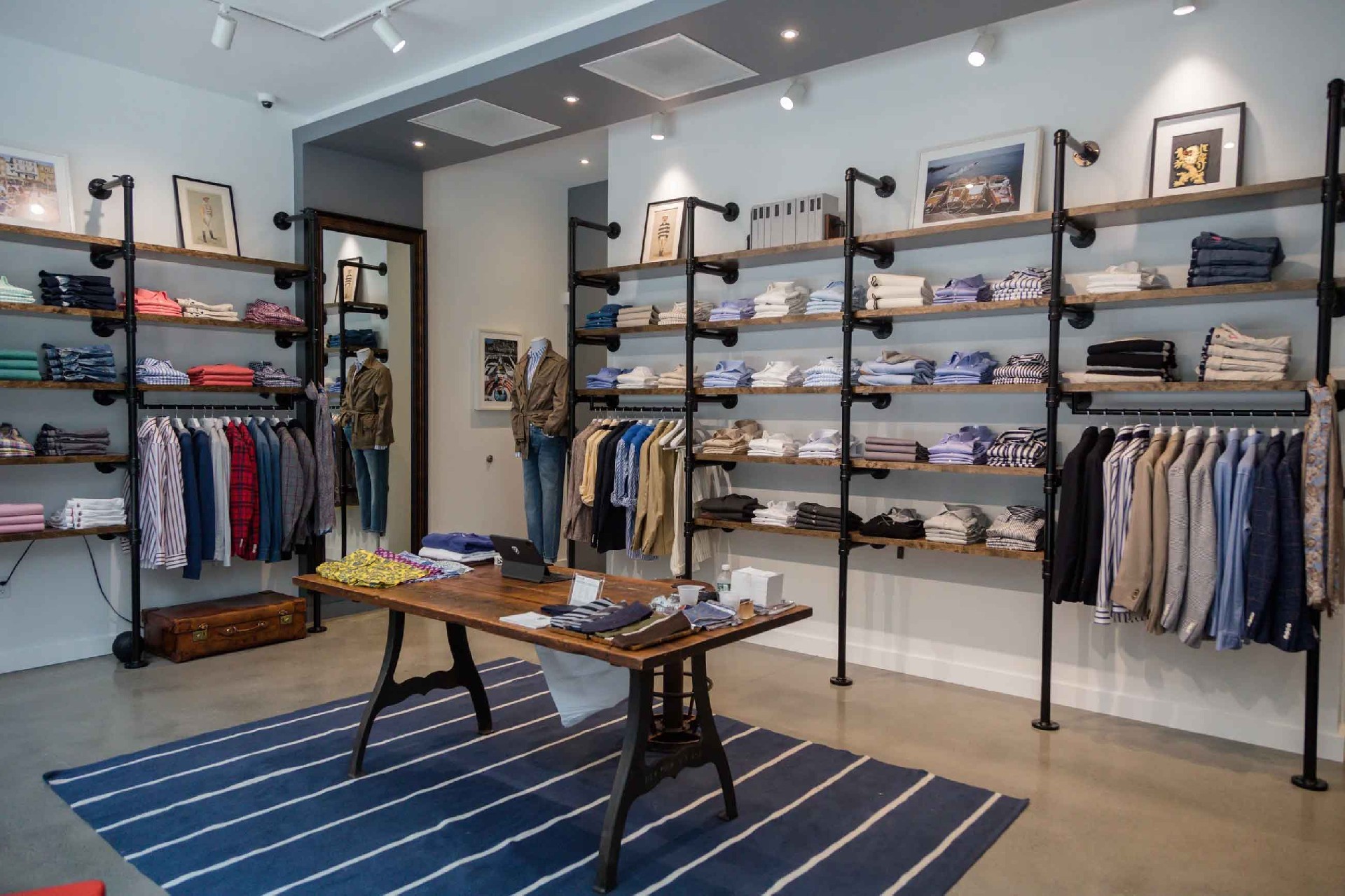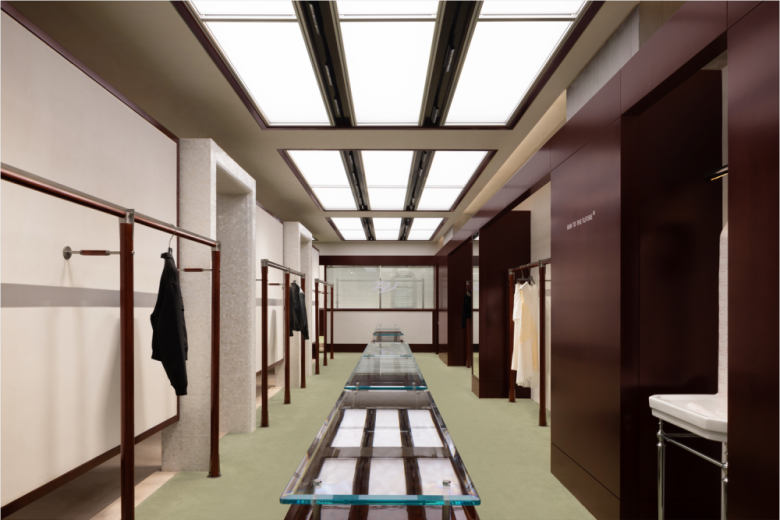In the retail industry, the market environment is constantly changing, consumer demands are constantly diversifying, and promotional activities are frequent and diverse. Enabling retail spaces to quickly adapt to these changes while maintaining a consistent brand tone and visual identity is key to enhancing competitiveness. Spatial flexibility has emerged as an effective solution to addressing the ever-changing market demands.
Modular display furniture is the core of flexible space design. Through standardized component design, modules can be freely combined, disassembled, and reassembled to meet diverse display needs. From single shelves to complex display walls, modular furniture can be easily adjusted in size and form, enabling rapid deployment for new product launches, seasonal themes, and limited-time promotions. This design not only improves space utilization but also significantly reduces adjustment time and operating costs.
Movable furniture further enhances spatial flexibility. Display cases and counters with hidden casters or lightweight structures can be repositioned at will, breaking the constraints of traditional fixed layouts. Whether adjusting store traffic flow or creating temporary, specialized display areas, these can be accomplished quickly, significantly improving stores' responsiveness to market trends. This flexibility also facilitates pop-up events and cross-brand collaborations, increasing customer traffic and brand exposure.
Flexible layouts extend beyond the furniture itself; they also encompass the overall space planning. The open layout, combined with adjustable partitions, allows the space to be divided or combined at will, depending on the scale and theme of the event. This design not only ensures smooth daily operations but also provides a unique venue for special occasions such as holiday promotions and VIP events. The flexible layout, combined with modular furniture, creates a dynamic retail environment, enhancing the space's adaptability and vitality.
Furthermore, the flexible space design takes into account the shopping habits of different customer groups. Through adaptable display formats, the expectations of different groups regarding product display can be met. For example, younger consumers prefer interactive and experiential displays, and modular furniture allows for quick creation of interactive areas. Traditional customers, on the other hand, prefer clearly organized product categories, and the flexible layout ensures the coexistence of different styles. Precisely controlling spatial flexibility enables a diverse shopping experience, improving customer satisfaction and conversion rates.
Manufacturing the modular and movable display furniture, high-quality lightweight materials and sophisticated connection technology ensure durability while facilitating assembly and disassembly. The surface treatment and detailed design emphasize overall aesthetic consistency with the brand's style, allowing frequent adjustments to maintain the space's premium feel and visual continuity. Professional customization combined with flexible design concepts enables every retail space to become an extension of the brand image and a quick responder to market changes.
Flexible spatial design, supported by modularity, movable furniture, and flexible layouts, empowers retail stores to quickly adapt to market changes. This not only improves operational efficiency and customer experience, but also helps brands maintain agility and innovation in a highly competitive market. Flexible space solutions have become an indispensable strategic tool in modern retail.






